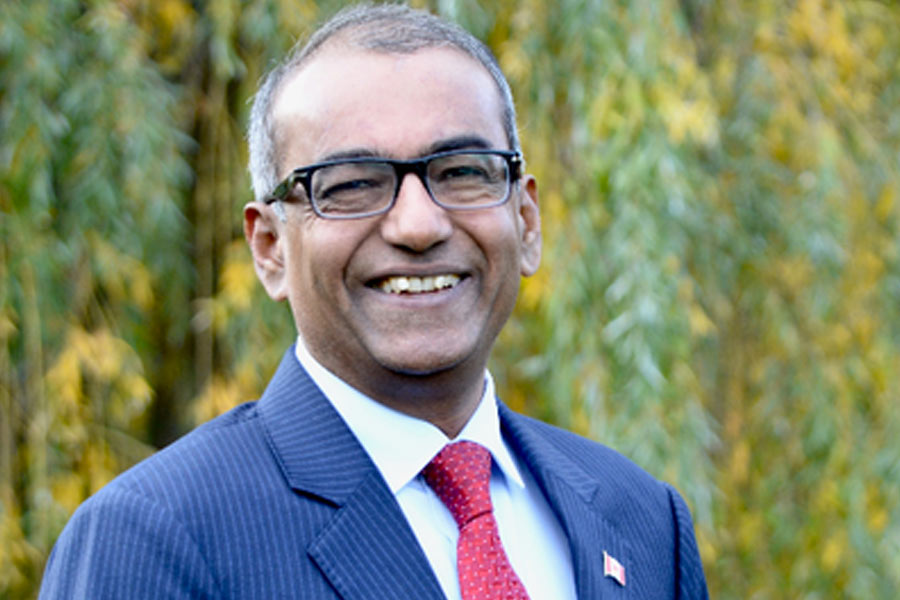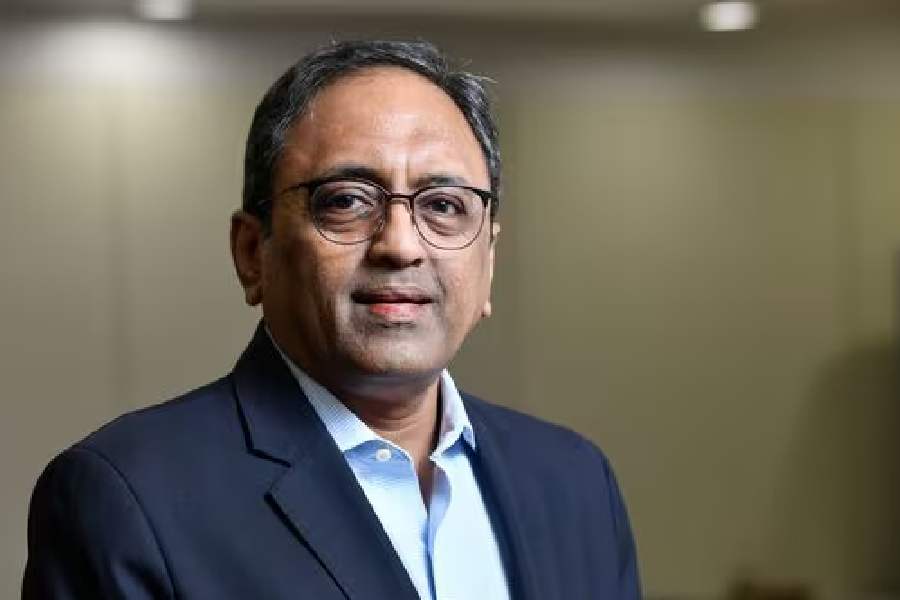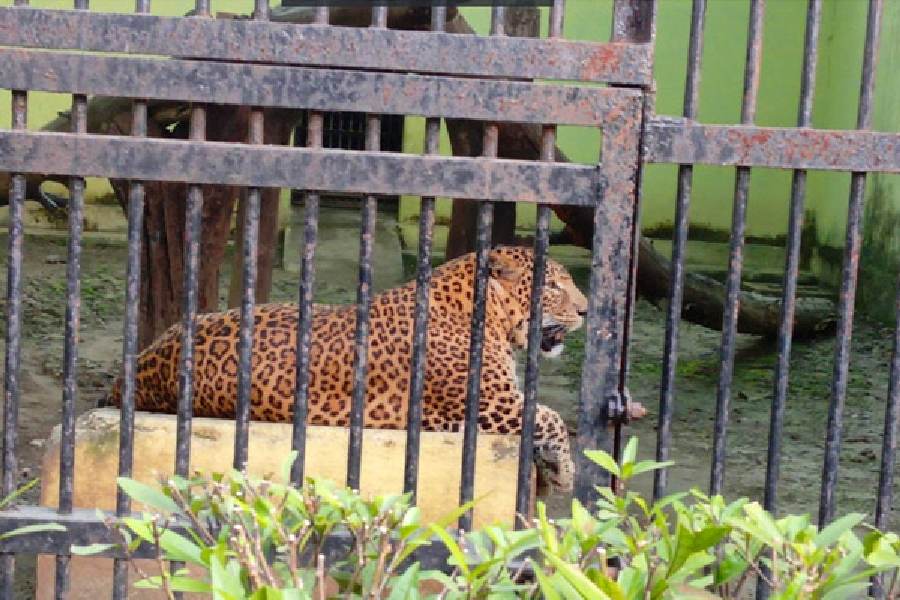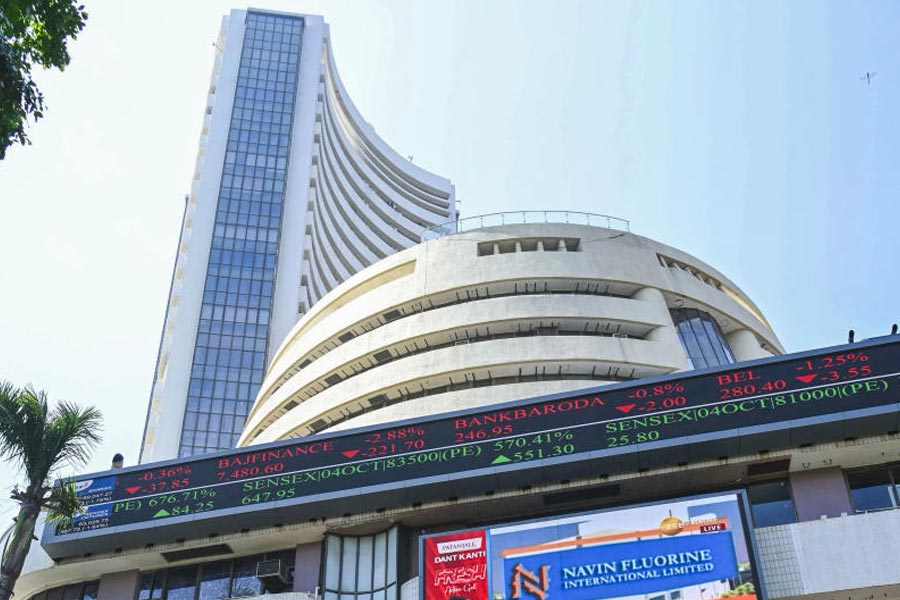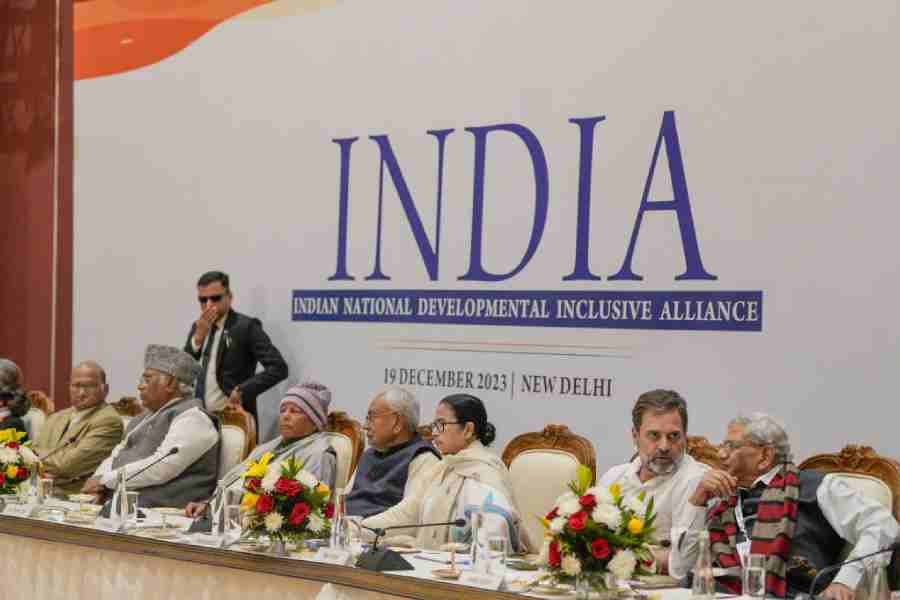There is a general perception that the Bhartiya Janata Party has become ‘inclusive’ by reaching closer to the other backward classes. In Uttar Pradesh, the BJP’s social engineering initiatives are aimed at the inclusion of non-Yadav OBCs (Kurmis, Jats, Sainis, Mauryas). Similar tactics are also being employed to mobilise certain groups within the scheduled castes by arguing that large chunks of non-Jatav Dalits are disillusioned with the Dalit movement. Further, the BJP suggests that there is a greater representation of Dalits in the party organisation on account of its cultural initiatives and the Centre’s economic welfare initiatives.
The Opposition, however, lacks an alternative model to impress Dalit-OBC groups even though the majority of the latter still survive under degraded socio-economic conditions.
The Dalits emerged as a radical political class in the 1990s, imagining the ‘bahujan’ as the new upholder of power on account of the Bahujan Samaj Party’s assertive interventions. The social engineering of Kanshi Ram, the founder of the BSP, which led to the forming of social and political alliances amongst Dalits and OBCs, was an impressive innovation in Indian democracy. Mayavati, consequently, became chief minister of UP several times and initiated a new era of the politics of social justice. However, the BSP’s strategies fizzled out in a short period of time and it has now been relegated to an insignificant force. The BJP exploited the changed political condition and offered Dalits effective social and cultural strategies to portray itself as an ‘inclusive’ party.
Large sections of Dalits are still attached to Hindu religious traditions and overwhelmingly participate in various local rituals. The Hindutva brigade has manipulated these local traditions to foment communal clashes with Muslims. Local Dalit deities (Savari, Eklavya), folk heroes (Suheldev, Nishadraj), village traditions and cultural artefacts have been used to build a bond with Hindutva politics.
The BJP has also exploited the anxieties of disadvantaged Dalit castes towards the politically mobile Jatavs. The right-wing consciously manipulated the quotidian social differences among caste and communities to generate social and political rivalries. During the elections, especially in SC constituencies, a strong rhetoric against the BSP’s Jatav candidates helped build an alliance among the non-Jatav Dalits, OBCs and social elites.
In recent times, the BJP has impressed aspirational Dalits by promoting organisations like the Dalit Indian Chamber of Commerce and Industry and by announcing economic welfare initiatives (like the PM Mudra scheme) and other social support programmes. The BJP also claims that it honours B.R. Ambedkar, often utilising his images in its campaigns, and promises not to disturb the reservation policy.
Hindutva’s Dalit agenda is impressive. It has helped the BJP transcend its ‘Brahmin Bania’ credentials to appear as a party of subaltern castes. However, the recent rise in cases of caste atrocities, rapes and murders against Dalits suggests that the BJP is not interested in bringing dynamic social reforms. The right-wing lacks effective strategies to deal with the claims of social injustices, caste conflicts and atrocities. It focuses on exploiting emotive cultural values to consolidate its conservative social base.
The Opposition (including the BSP) lacks a committed cultural agenda to challenge Hindutva’s hegemonic cultural politics. Mobilising lower caste groups on issues of class exploitation and caste discrimination is essential. But it is insufficient to dislodge the BJP from its pedestal. The emotive social concerns and cultural sensibilities of the subaltern communities must be harnessed to the politics of social justice to challenge Hindutva’s grip on Dalits.


